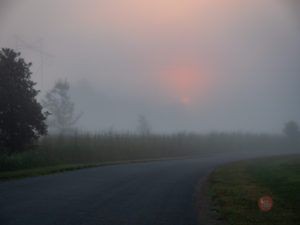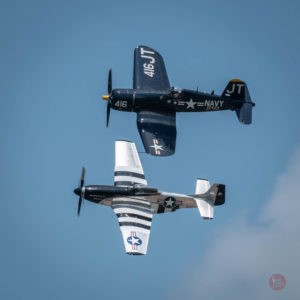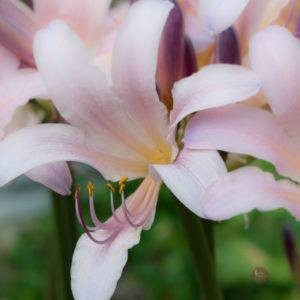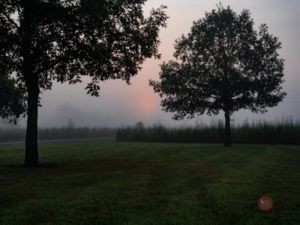Learning the Panasonic Lumix G9 - The Early Journey
I finally was able to dedicate some time to shooting my new Lumix G9. Now I haven't had to learn a new camera since 2004. I'm not making excuses for the Lumix G9, or me but when your muscle memory has barely been challenged for that long there is a serious learning curve. Even in my days at the camera store, where I was demonstrating 4 or 5 different manufactures camera's it was different when you are really only working with one brand. Sure I have had as many as 5 different bodies at the same time but with them all being Canon they were a lot more similar than dissimilar.
So now I'm learning the Panasonic Lumix G9 after renting one for a weekend and trying it at two fairly challenging photographic situations. An airshow, and an evening outdoor concert. I had about 3 hours with the camera to learn it. I had an online manual to reference but being an old school guy I don't do well reading online books. I like that manual in my hand especially when they bounce around as nearly all manuals do. I did much better getting the shots I wanted from the concert vs. the airshow but that was my fault. I didn't fully understand the numerous focusing modes the G9 had to offer and how to properly apply them to an airshow. However even in the wrong mode, I still captured some killer shots and the sharpness was every bit as good as I was used to. I was convinced, this system with all of it's advancements over what I was currently using was going to meet my needs personally and professionally. However, I also knew I had a lot to learn about the "tool" itself.
I started off with the Lumix G9 and the Lumix Leica 12-60mm lens. It's the everyday walk around focal length that covers a great deal of situations. Being micro 4/3's the 35mm equivalent is an easy calculation. Since the sensor is roughly ½ the size of a full frame sensor the math is basically multiply by 2 and you have your 35mm equivalent. In my case a 24mm-120mm zoom lens F2.8 – F4
For those of you feeling beat up over the last 12 or so years about only shooting full frame or die, let me put you at ease. I have several full frame bodies. I shoot for hire, in a major metropolitan market, using a full array of lenses as well, and 90% of what I shoot is used in promotional settings for marketing or advertising. I was concerned that I would not be getting the resolution and the full size quality I needed for my clients and myself. I was concerned that if a client needed a 5 foot by 6 foot image that the micro 4/3's couldn't do it. The testing was simple since I own my own commercial photo print lab I took one of my early images up to 16 x 24 with beautiful results and the reality about commercial shooting is that it's been years since I had a client ask for any prints larger than that. Everything goes on line, where sharpness is crucial but pixel count not as much anymore. But there is a process in this body to triple the pixel count. (still figuring that one out, not a priority yet)
So on this test day, while I'm not your normal everyday macro photographer, I still enjoy the occasional close-up and the challenges that comes with it. Not expecting to be shooting macro on this foggy morning I was pleasantly surprised how close I was able to shoot, and how much help I was getting from focus peaking, and without a very high ISO. I shot these with out a tripod. A very big macro no-no. Over all my second experience out shooting with the micro 4/3's Panasonic Lumix G9 was an enjoyable one. I am very pleased with the quality of the image, the flow of the camera, and I am learning the camera better and faster each time I take it out. Plus with built in Wi-Fi, I was able to upload directly to my phone, pull the image in to Snapseed for a little touch up or tweak, and if necessary broadcast to social media while still on location. I had thought that one of my biggest adjustments early on would be looking through the view finder and watching a mini monitor vs looking out the lens. But that's the technology and it really cuts down on the weight. To be frank, I adjusted to this faster than I thought and really liked it's "side effect" or being outdoors and playing back the images in the shaded area of that same view finder was a very nice feature and I think I can get spoiled with that one.
I have a long way to go but I am getting the hang of this camera. It's going to be a very useful tool for me. Looking forward to my next excursion which is just around the corner.
When you subscribe to the blog, we will send you an e-mail when there are new updates on the site so you wouldn't miss them.









Comments